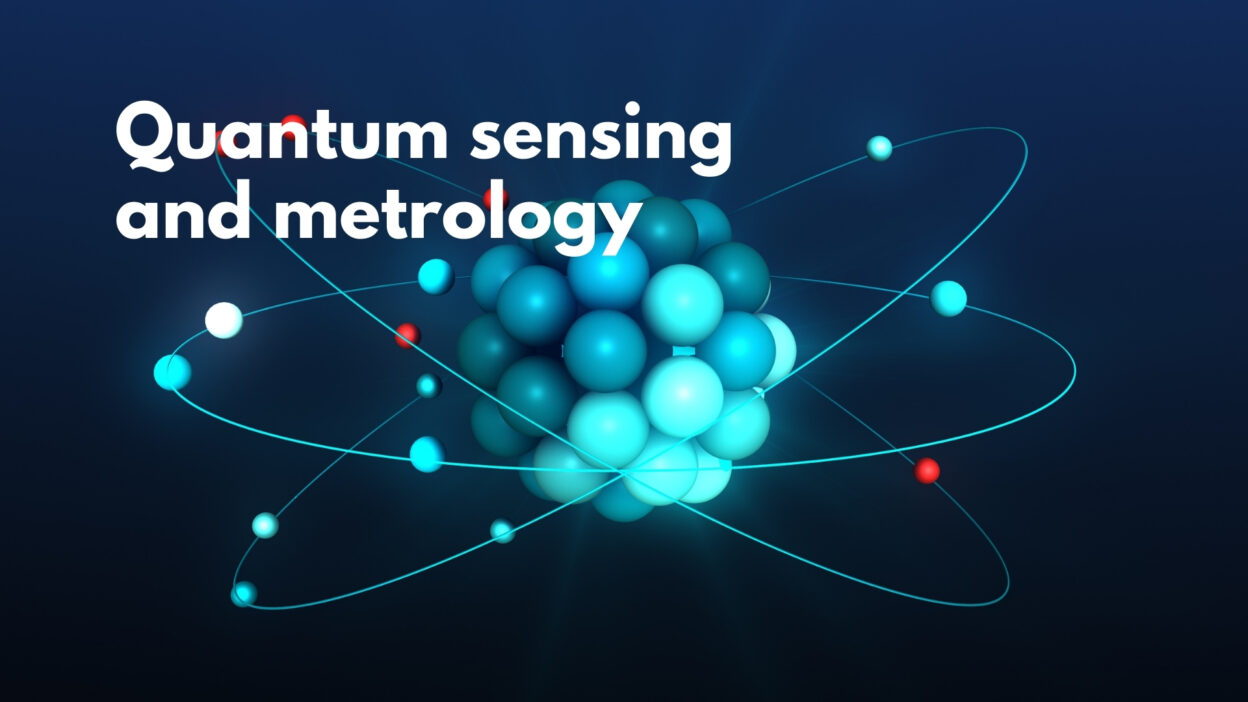Researchers at NIST have developed a new method for ultra-sensitive infrared (IR) spectrometry using frequency up-conversion technology. This technique allows the measurement of IR light at the single photon level, which is extremely difficult with current detectors. The system converts near-infrared photons (1,300–1,320 nm) to visible light using a periodically poled lithium niobate (PPLN) waveguide and a strong pump laser. This conversion enables the use of highly efficient silicon-based detectors, which are not effective at near-IR wavelengths. The new method is about 1,000 times more sensitive than existing commercial spectrometers.
The technology offers several advantages, including reduced insertion loss, higher throughput efficiency, and the ability to operate in both polarization-sensitive and non-sensitive modes. It is also compact, making it suitable for various applications. This advancement could improve spectral analysis in fields such as quantum communications, environmental monitoring, and materials science. The system was developed as part of NIST’s Quantum Information Program and has already been tested in a quantum key distribution (QKD) system.
Source: https://www.nist.gov/itl/ultra-high-sensitivity-infrared-spectrometer
Keywords: frequency up-conversion, single photon detection, PPLN waveguide



